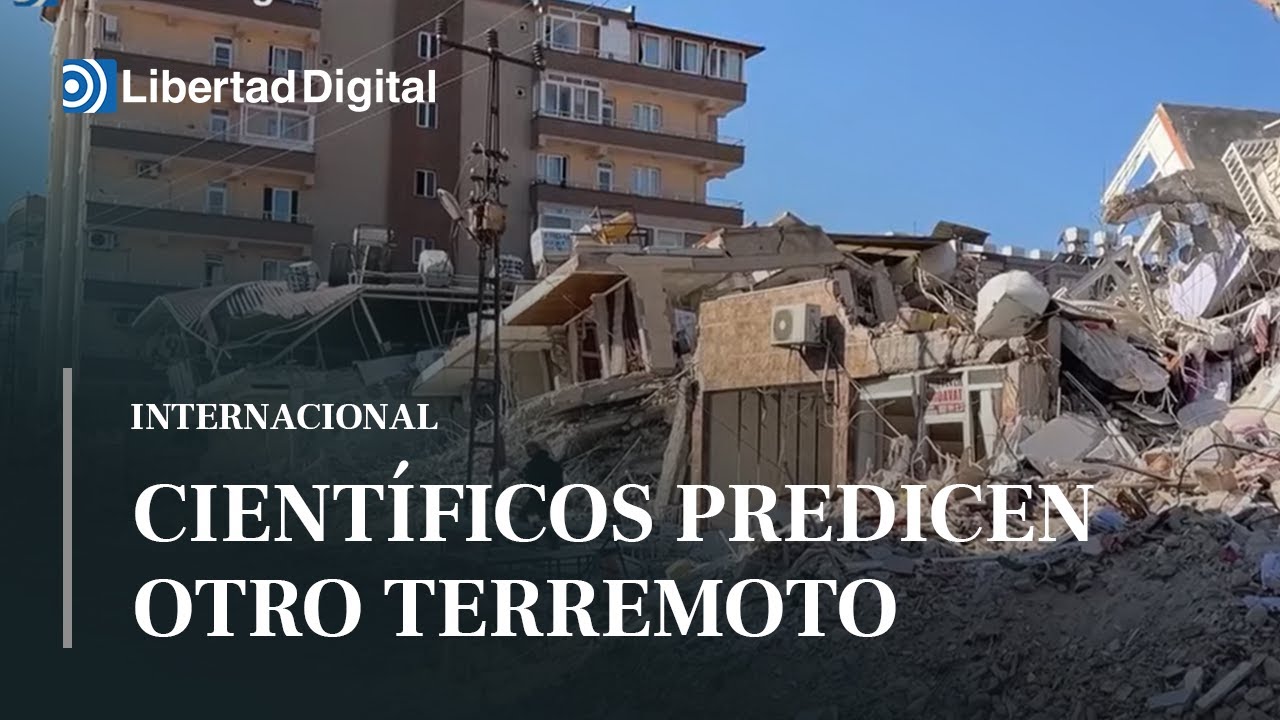Científicos Predicen Otro Terremoto Devastador En La Misma Falla De Turquía
Unleash Your Creative Genius with MuseMind: Your AI-Powered Content Creation Copilot. Try now! 🚀
Earthquakes are one of nature's most unpredictable and devastating phenomena. They strike without warning, leaving destruction and loss in their wake. In February, a powerful earthquake shook Turkey, claiming the lives of over 50,000 people and reducing more than 100,000 buildings to rubble. While the immediate aftermath of such a disaster is filled with grief and despair, it is crucial to learn from these events and take steps to prevent future catastrophes.
A recent study conducted by the University of Southern California sheds light on the fault line responsible for the earthquake in Turkey. Led by geophysicist Silver Barbot and his team of researchers, the study reveals that a section of the fault line remains intact and locked, indicating that it has the potential to generate another devastating earthquake when friction intensifies.
Using remote sensors, Barbot and his colleagues meticulously documented the massive earthquake that occurred on February 6th. This initial quake had a magnitude of 7.8, followed by a separate aftershock measuring 7.6 further west. Two weeks later, yet another earthquake struck with a magnitude of 6.4%. The data collected by Barbot's team clearly shows seismic activity and the amount of slippage along the fault lines.
Interestingly, an area beneath the Puturge district in Turkey exhibits a swarm of seismic activity along the fault line but without any significant slippage. This suggests that a portion of the fault line is currently blocked or stuck but is likely to slip at some point in the future. It is imperative that we heed this warning and ensure that communities are adequately prepared for such an eventuality.
The Importance of Preparedness
In light of these findings, it becomes evident that preparedness is key when it comes to mitigating the impact of earthquakes. We cannot control when or where these natural disasters will occur, but we can take steps to minimize their devastating effects. Education and awareness play a crucial role in ensuring that individuals and communities are equipped with the knowledge and resources necessary to respond effectively.
Learning from the Past
History has shown us time and again that earthquakes have the potential to cause widespread destruction. From ancient civilizations to modern societies, no region is immune to their devastating power. By studying past earthquakes and their aftermaths, we can gain valuable insights into how to better prepare for future events.
Embracing Technology for Early Warning Systems

Related Recaps
- Judge Joe Brown Weighs in on Marvel's Recast Of Jonathan Majors' Kang Role
- 'Escuadrón de la muerte' en Texas: proyecto busca que cualquier persona pueda detener indocumentados
- Russia Foreign Ministry LIVE : Russian Foreign Ministry News Conference
- Nawaz Sharif's big announcement from London | News Headlines | 06 AM | 1 May 2023 | GNN
- 🔴 More Dinkum design chaos!